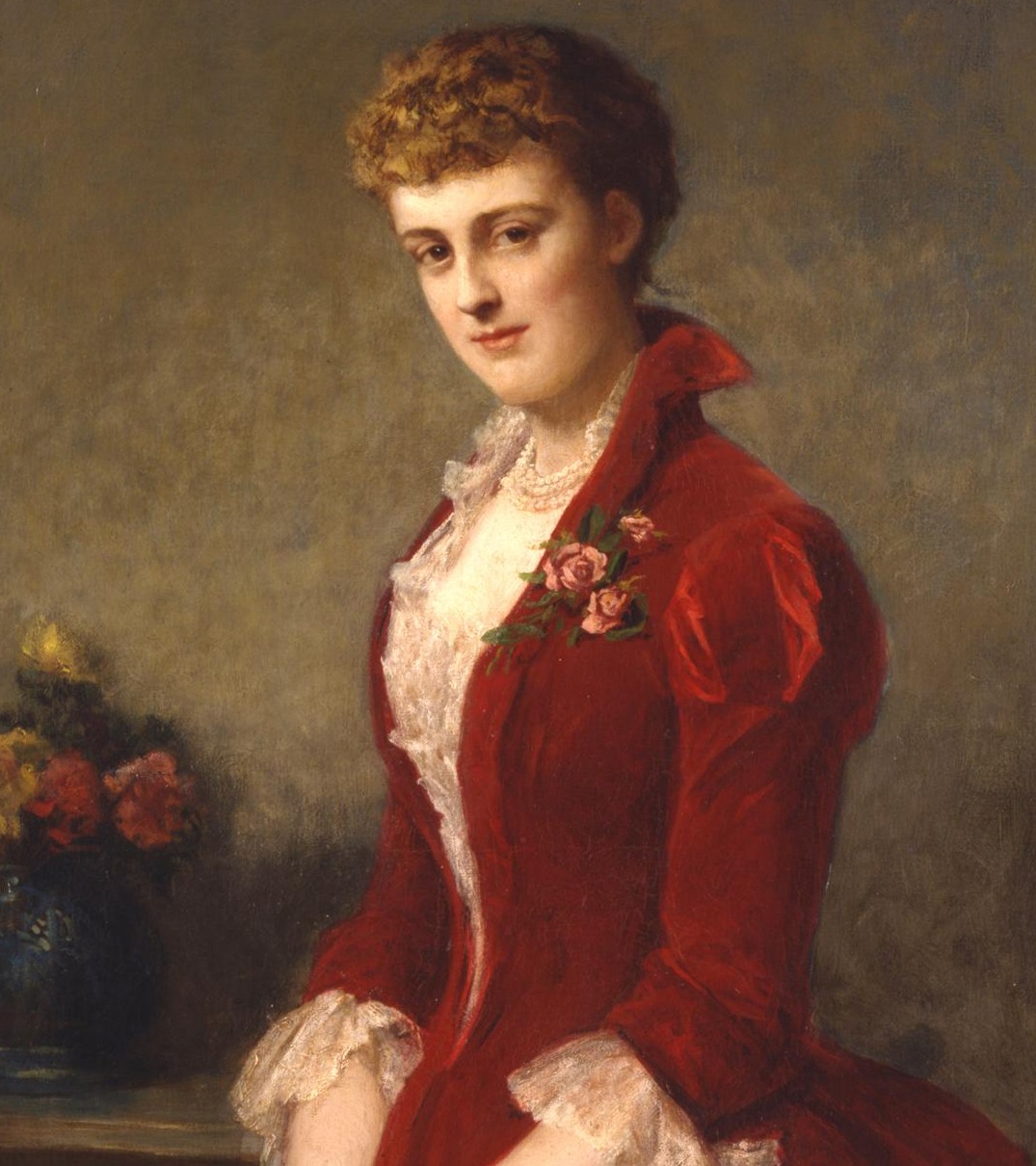Lily Bart is initially presented as an extremely proud, attractive woman. The start of the novel gives the reader the perception that she is very selfish and shallow. Her only concern appears to be of marriage and money. She appears to be on the hunt for a rich husband and is thoroughly concerned with her […]

Was Lily Bart Suicidal?
Wharton’s House of Mirth ends tragically, with Lily’s seemingly accidental overdose on chloral hydrate even as she plans ahead to her next day. The novel ends with Selden, appearing to finally piece together the truest representation of Lily’s reputation throughout the novel. Though he, Gerty, and the medical examiner all presume that Lily’s death is accidental, I […]
Morality and a Modern World
House of Mirth is set before a time where women could vote. Before society had realized the equality of the sexes, or people in general. Wharton gives readers a deep look into the inner workings and machinations of the New York elite society as a whole. We get taken from their vacation homes to their […]

Situational Irony in The House of Mirth
This section of The House of Mirth plays around with character perspectives more than the previous section. Switching mainly between Lily and Seldon allows Wharton to create confusion in their relationship. Throughout this part of the story, these two develop a deeper relationship for each other, one possibly resulting in love. However, Wharton uses situational irony […]

Made In Her Own Image: Comparing Lily Bart & Edith Wharton (NovelWorlds)
One scholar in an article about House of Mirth and New York writes it aptly that, “The House of Mirth is a novel of New York Society, the world [Wharton] never completely discarded though she declared she had given it up.” A brief introduction to Edith Wharton’s life compels any reader of her most popular book […]

A Gilded Cage in a Gilded Age: A Sociological View on Society in the 19th Century
In the second half of the 19th century, society shifted from being agriculturally based to reaching the height of urbanization. With the rush toward cities and ports, and away from the country side, industrialized America began to shine in the eyes of its inhabitants. The Gilded Age was glittering on the surface but revealed itself […]
tableaux vivants in the modern age
In chapter 12 of the first book in Edith Wharton’s House of Mirth we see the portrayal of a “tableaux vivants”. The scene which this occurs appears to be as part of a social gathering, a party of sorts. It appears to be an occurrence in which a group of living people portray a socially well-known […]

The World of Lily Bart in Contemporary Media
While House of Mirth is contextually set amongst the social elite of the early 20th century, many of its themes and even character tropes have been repeated consistently over the last century. As discussed in class, an increased interest in anthropological study made such writings that study and often criticize a specific sect of society […]
Same Message New Era
Edith Wharton’s The House of Mirth “is a lucid, disturbing analysis of the stifling limitations imposed upon women of Wharton’s generation” in the 1900’s. However, even today, books like The House of Mirth still have an impact on our society. Since Wharton’s time, we’ve made societal advancements that have given women more power and flexibility, but they are still […]

Consumerist Culture and the Commodification of Beauty
The early chapters of Edith Wharton’s House of Mirth follow socialite Lily Bart’s exploits among the economic and social elite in New York during the turn of the twentieth century. The novel provides as its setting the critical moment when consumerism in America was rapidly expanding and the pursuit of material goods was less concerned […]